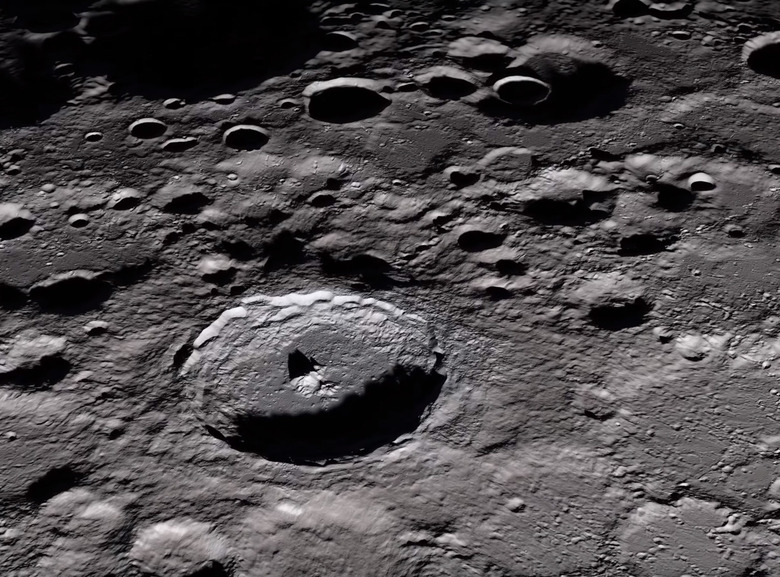NASA Shot Lasers At The Moon Orbiter, And One Of Them Finally Bounced Back
- Scientists firing lasers at NASA's Lunar Reconnaissance Orbiter have finally hit a tiny reflective panel on the spacecraft after attempting to nail the mark for roughly a decade.
- The reflector is part of an experiment to understand why reflectors placed on the Moon during the Apollo missions are returning less accurate data than before.
- The Moon is drifting away from Earth at a rate of roughly 1.5 inches per year.
When you gaze up at the Moon in the night sky you probably don't imagine it ever leaving us. It's been around a long time, and it'll continue to remain in orbit around Earth for many centuries to come. However, tiny reflectors placed on the Moon during the Apollo missions has revealed that the Moon is slowly leaving Earth at a rate of around 1.5 inches per year.
But it's not the only sensor that scientists at NASA have been trying to hit with lasers. The other resides on the Lunar Reconnaissance Orbiter, and for roughly a decade, NASA's aim just wasn't good enough to hit the mark. That all changed recently when NASA and scientists from France finally received a signal in return.
The scientists have been diligently trying to hit the reflective panel on the orbiter in part because they wished to compare the power of the beam to the readings they've been getting from the reflector that's been on the Moon for roughly five decades.
There are a handful of reflectors on the Moon right now, but over the years the signal they beam back to Earth after being hit by the laser has gotten weaker. It's possible, scientists say, that the reflectors have slowly become partially covered in dust from the lunar surface. When tiny objects impact the Moon's surface it kicks up dust, and some of that dust may have settled on the reflectors and hindered their ability to return a clear signal.
The reflectors and the laser experiments have provided scientists with some incredible insights into the Moon's movement as well as its makeup. Because the Moon has been shown to "wobble" slightly, researchers believe that Earth's tiny neighbor still has a warm fluid core, meaning that it's not the frozen husk it might appear to be on the surface.
"Laser experiments could help reveal if there's solid material in the moon's core that would've helped power the now-extinct magnetic field," NASA explains. "But to learn more, scientists first need to know the distance between Earth stations and the moon reflectors to a higher degree of accuracy than the current few millimeters."
Ideally, scientists would love to have new sensors placed on the Moon, but doing so would require a new mission to its surface. NASA is exploring various ways of making that happen, including placing reflective panels on new lunar rovers, or sending new reflective panels to different areas of the Moon to get more accurate measurements of its movements.
